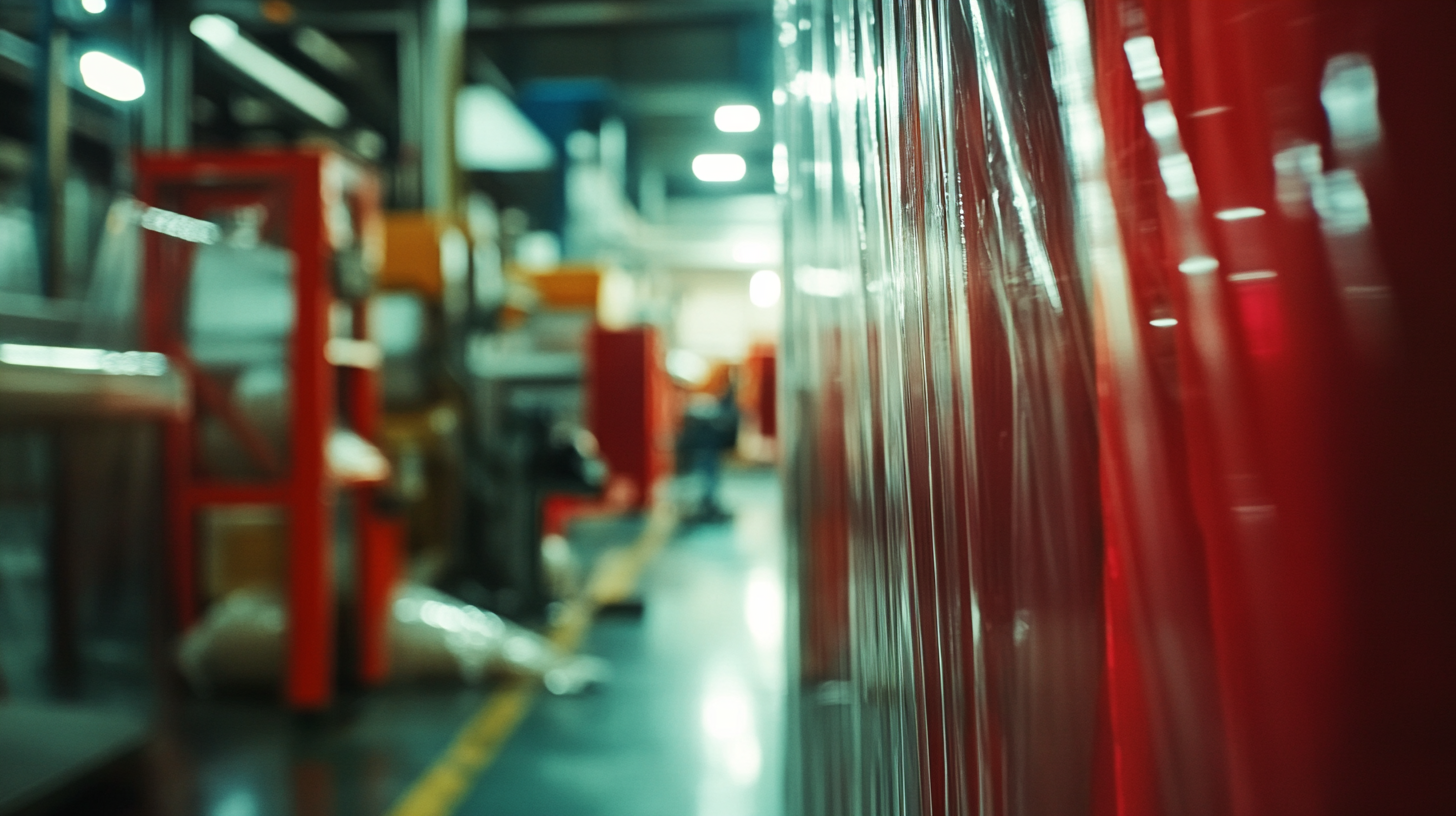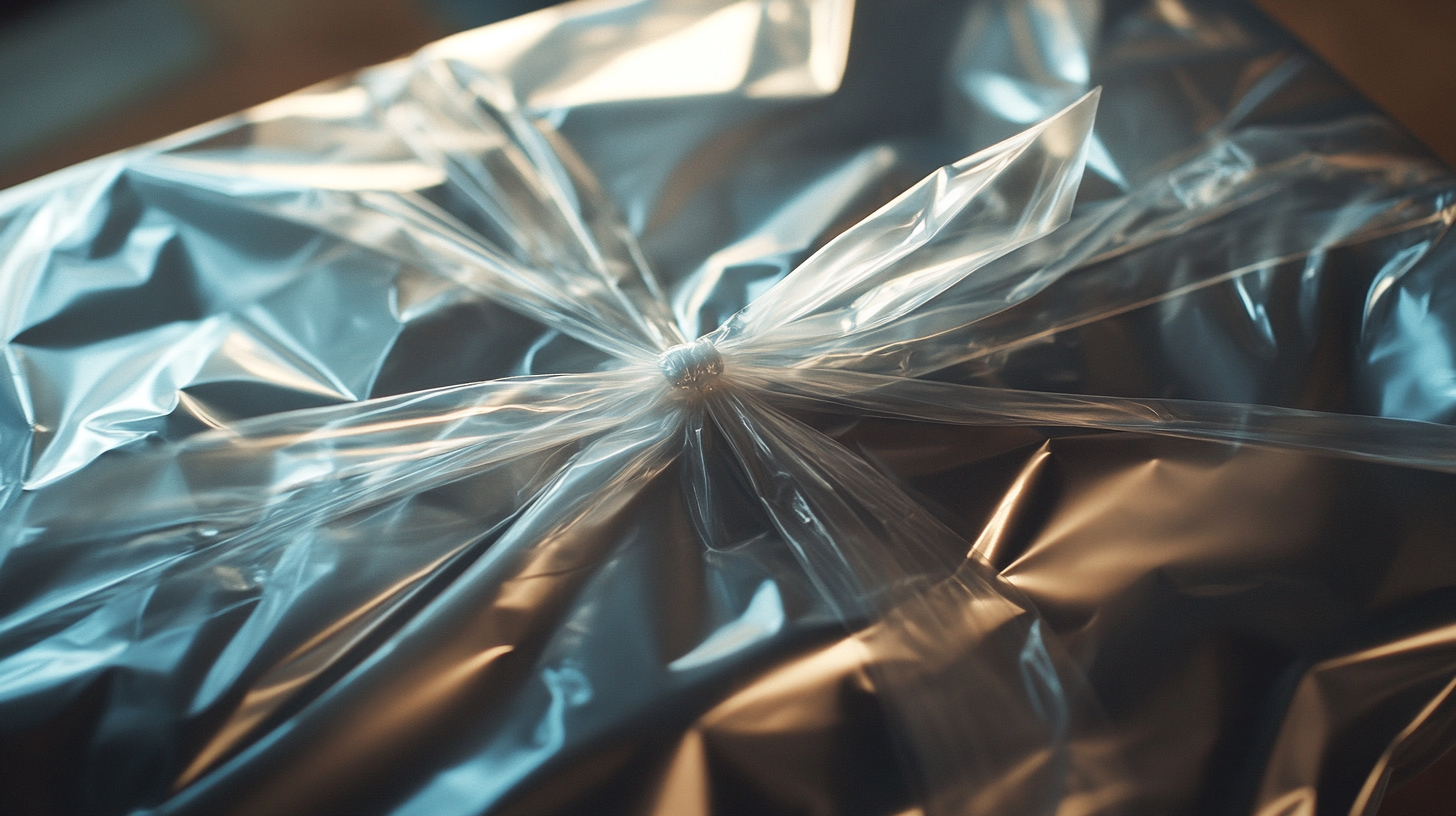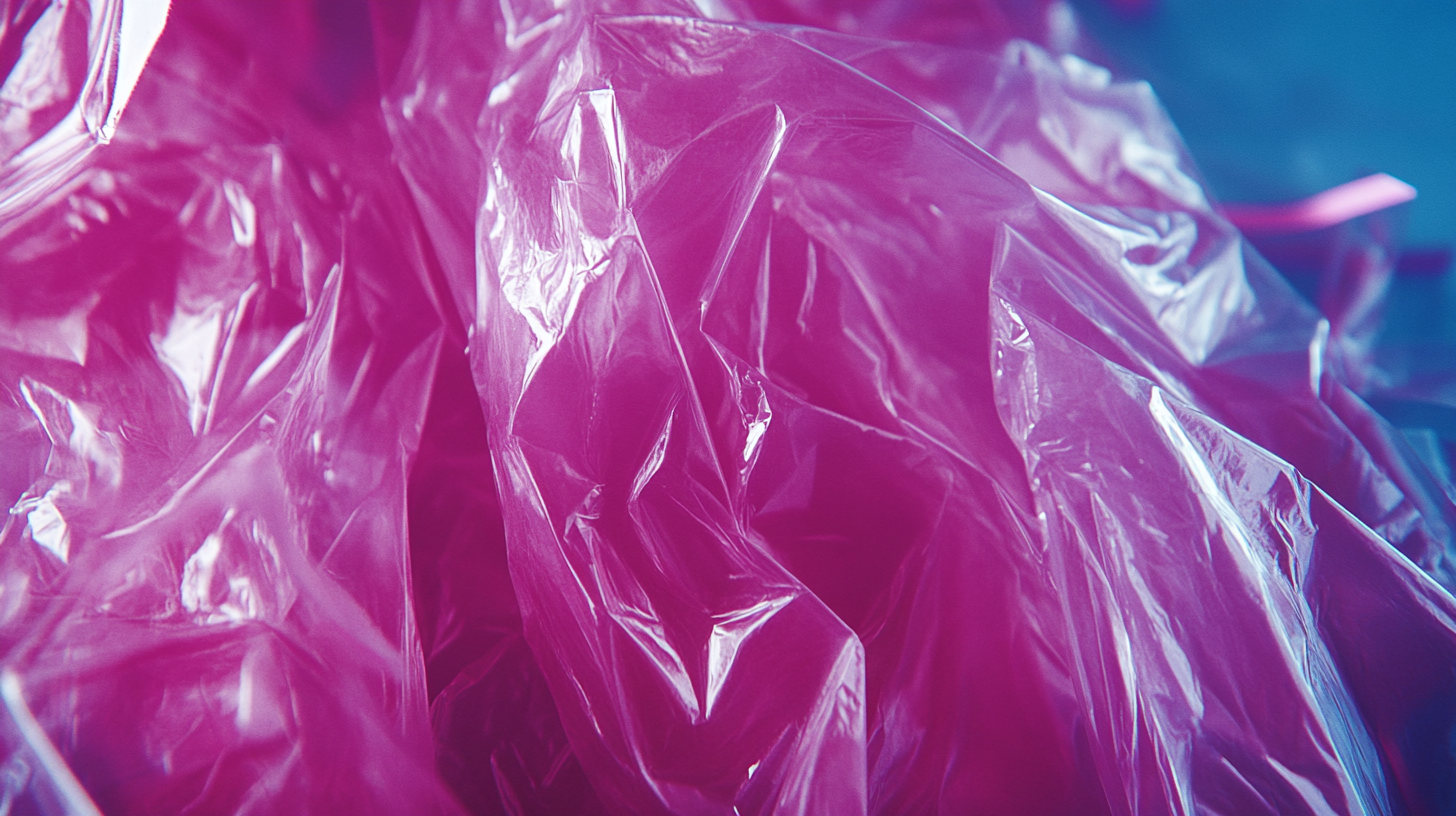Call for Price: 0086-15515573212
In the world of packaging, cellophane wrapping stands out as a versatile and eco-friendly option that has captured the attention of global buyers. This ultimate guide sheds light on various techniques of cellophane wrapping, allowing businesses to enhance their product presentation while effectively protecting items from external elements. Whether you are a small artisan seeking to elevate the appeal of your handmade goods or a large retailer aiming to optimize your packaging strategy, understanding the intricacies of cellophane wrapping can significantly impact your brand’s success.
As we delve into the various methods of cellophane wrapping, you will discover not only the practical aspects of this packaging technique but also its aesthetic benefits. From simple wraps to intricate gift presentations, cellophane is not only functional but also visually appealing, making it a popular choice among consumers. This guide will explore different wielding techniques, offer tips on selecting the right materials, and provide insights into current trends that can help you stand out in a competitive market. Join us on this journey to mastering cellophane wrapping, and unlock new possibilities for your products.

Cellophane is a versatile packaging material that has gained traction in various industries due to its unique properties and benefits. As a biobased and biodegradable material, cellophane is made from regenerated cellulose, making it an environmentally friendly choice. According to a recent report by Freedonia Group, the global demand for biodegradable packaging solutions is expected to reach $237 billion by 2024, highlighting the shift toward sustainable materials in packaging. Cellophane not only aligns with this trend but also offers excellent barrier properties against moisture, grease, and bacteria, making it ideal for food packaging and other applications. One of the key advantages of cellophane is its transparency and gloss, which enhance product visibility and appeal. The flexible nature of cellophane allows it to be easily molded into various shapes, providing flexibility in packaging design and presentation. According to a market research analysis by Mordor Intelligence, the global cellophane market is projected to grow at a CAGR of 5.2% from 2021 to 2026, driven by the rising demand for appealing packaging solutions in food, cosmetics, and luxury goods. Moreover, cellophane is non-toxic and does not leach harmful chemicals, making it a safe option for direct contact with food products. Industry experts have noted that the increasing consumer awareness regarding food safety and sustainability is propelling the adoption of cellophane packaging. As businesses continue to seek eco-friendly packaging solutions, understanding the properties and benefits of cellophane becomes crucial for global buyers looking to make informed purchasing decisions. The use of cellophane not only supports sustainability initiatives but also enhances product quality and consumer satisfaction.

The global cellophane industry is witnessing transformative growth trends as it adapts to changing market demands and consumer preferences. With the rising emphasis on sustainable packaging solutions, cellophane, known for its biodegradable properties, is increasingly favored over traditional plastic materials. This environmental consciousness is reflected in the broader context of the packaging market, which has seen substantial shifts towards eco-friendly options, including food packaging films and single-use products that prioritize sustainability.
Market research highlights the food packaging film segment, which is set to reach significant milestones, echoing the overall trends in the cellophane sector. As ready-to-eat and convenience food consumption rises, the demand for efficient, protective packaging solutions grows. This increase aligns with global movements toward healthier eating habits and reduced food waste, positioning cellophane as a leading choice for manufacturers seeking to innovate in their packaging strategies.
Additionally, the evolving import trends in fiber-related industries underscore the importance of cellophane in achieving operational efficiencies. The adaptability of cellophane to various applications—from food packaging to creative arts and crafts—illustrates its versatile nature, further solidifying its standing in global markets. As industries continue to explore sustainable pathways, cellophane’s unique characteristics will likely elevate its role across different sectors, heralding a new era in eco-conscious packaging solutions.

In the world of packaging, mastering cellophane wrapping techniques can significantly impact product presentation and preservation. Innovative approaches to cellophane wrapping allow global buyers to enhance their packaging strategies across various products. According to industry reports, the global cellophane packaging market is projected to grow at a CAGR of 4.5% from 2021 to 2026, driven by increasing consumer demand for sustainable and biodegradable packaging materials.
One effective technique for wrapping irregularly shaped items is the use of a heat gun to create a snug fit around the product. This not only enhances the aesthetic appeal but also ensures that the product remains protected from external elements. Additionally, employing double-sided tape can provide extra adherence, ensuring that the cellophane remains intact during transit.
Moreover, creative uses of colored cellophane can elevate the unboxing experience for customers. Studies have shown that visually appealing packaging can improve customer satisfaction by up to 20%, making it a crucial element for brands looking to differentiate themselves in a competitive marketplace. As cellophane continues to gain popularity for its environmentally friendly properties, mastering these wrapping techniques will be essential for businesses aiming to cater to the growing eco-conscious consumer base.

The environmental impact of packaging materials has become a focal point in discussions about sustainability, particularly when comparing cellophane and plastic. Recent studies have shown that plastic waste is being generated at an alarming rate, approaching 400 million tons per year. This statistic emphasizes a critical problem: the accumulation of plastics in the environment continues to increase, impacting ecosystems around the globe. In contrast, cellophane, an organic and biodegradable material, offers a more sustainable alternative for packaging, especially within industries such as floriculture, where the focus is shifting to eco-friendly practices.
The flower industry, notorious for its reliance on single-use plastics, is beginning to embrace sustainable packaging solutions. Transitioning to biodegradable options like cellophane not only reduces environmental harm but also meets growing consumer demand for responsibly produced goods. Moreover, biodegradable polymers are being developed that allow for better environmental and economic outcomes, showcasing the potential for a significant shift away from traditional plastic use.
Research indicates that the overall sustainability of shopping bags can vary widely; for example, plastic bags, when used multiple times, can indeed have a lower environmental footprint than paper or cotton bags. This highlights the complexity of packaging choices and the need for accurate consumer information. By prioritizing materials like cellophane, industries can play a pivotal role in promoting sustainability and mitigating the adverse effects of plastic waste on our planet. As the market evolves, it is crucial for buyers to be informed about the materials they choose, considering both environmental impact and usability in their packaging solutions.
When utilizing cellophane for packaging, it’s crucial to avoid common mistakes that can affect both the aesthetics and functionality of your products. One prevalent mistake is over-wrapping, which can lead to excessive waste and increased costs. According to a report by Smithers Pira, the global demand for sustainable packaging is expected to reach $600 billion by 2024, prompting buyers to seek materials that not only look good but also minimize waste. Striking the right balance in wrapping is essential to not only enhance visual appeal but also maintain environmental responsibility.
Another frequent error is neglecting the storage conditions of cellophane-wrapped products. Cellophane is sensitive to humidity and temperature fluctuations; hence, improper storage can compromise the integrity of the packaging. The Institute of Packaging Professionals highlights that around 30% of packaged goods are damaged due to inadequate packaging methods. To avoid this pitfall, ensure that products are stored in a controlled environment where temperature and moisture levels remain stable.
Lastly, misunderstanding the properties of cellophane can lead to ineffective sealing techniques. Many buyers underestimate the importance of using compatible adhesives and sealers. A recent study by Packaging World revealed that improper sealing is a leading cause of product spoilage, affecting approximately 20% of goods in transit. By educating yourself about the right sealing methods and materials, you can significantly improve the durability of your packaging and protect your products during shipping and handling.